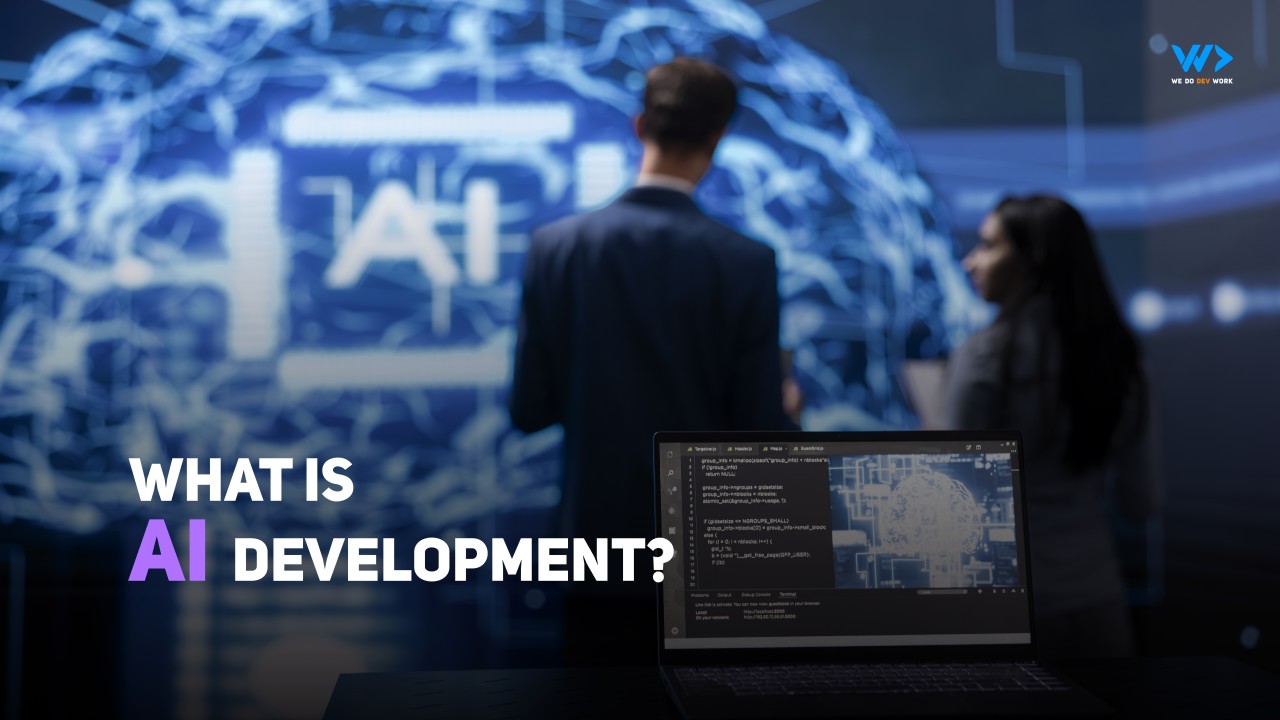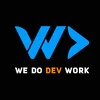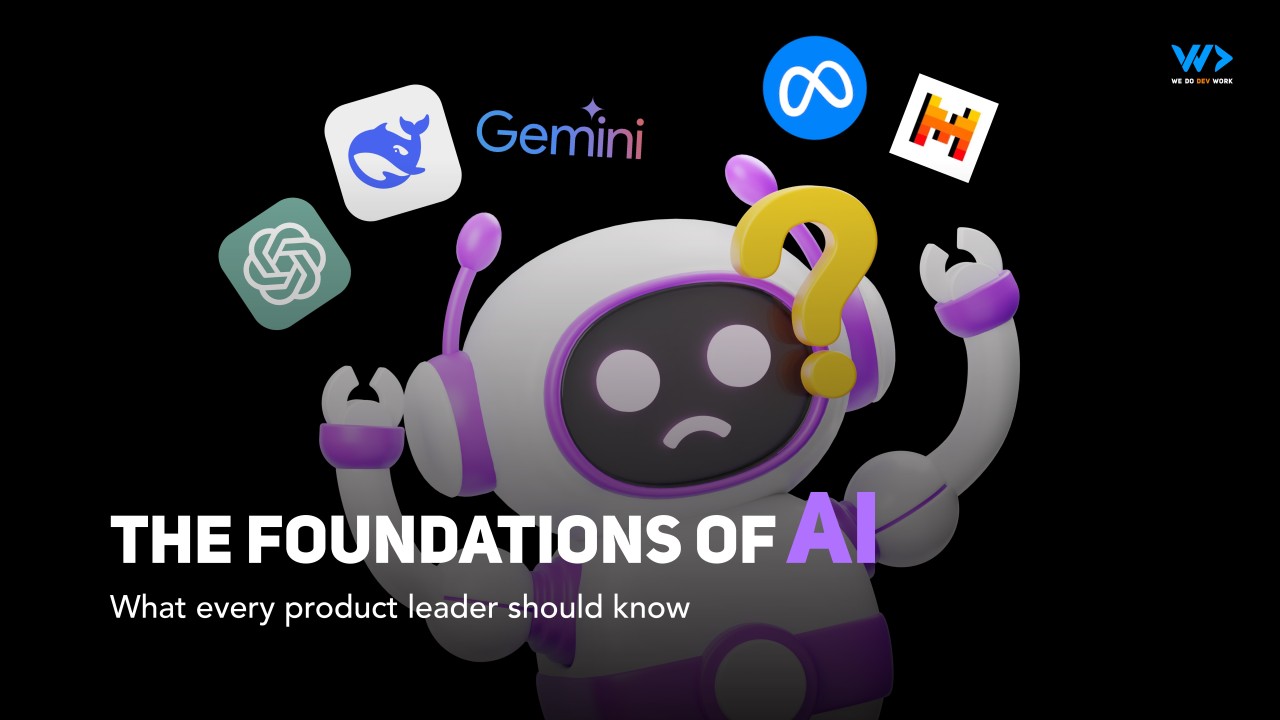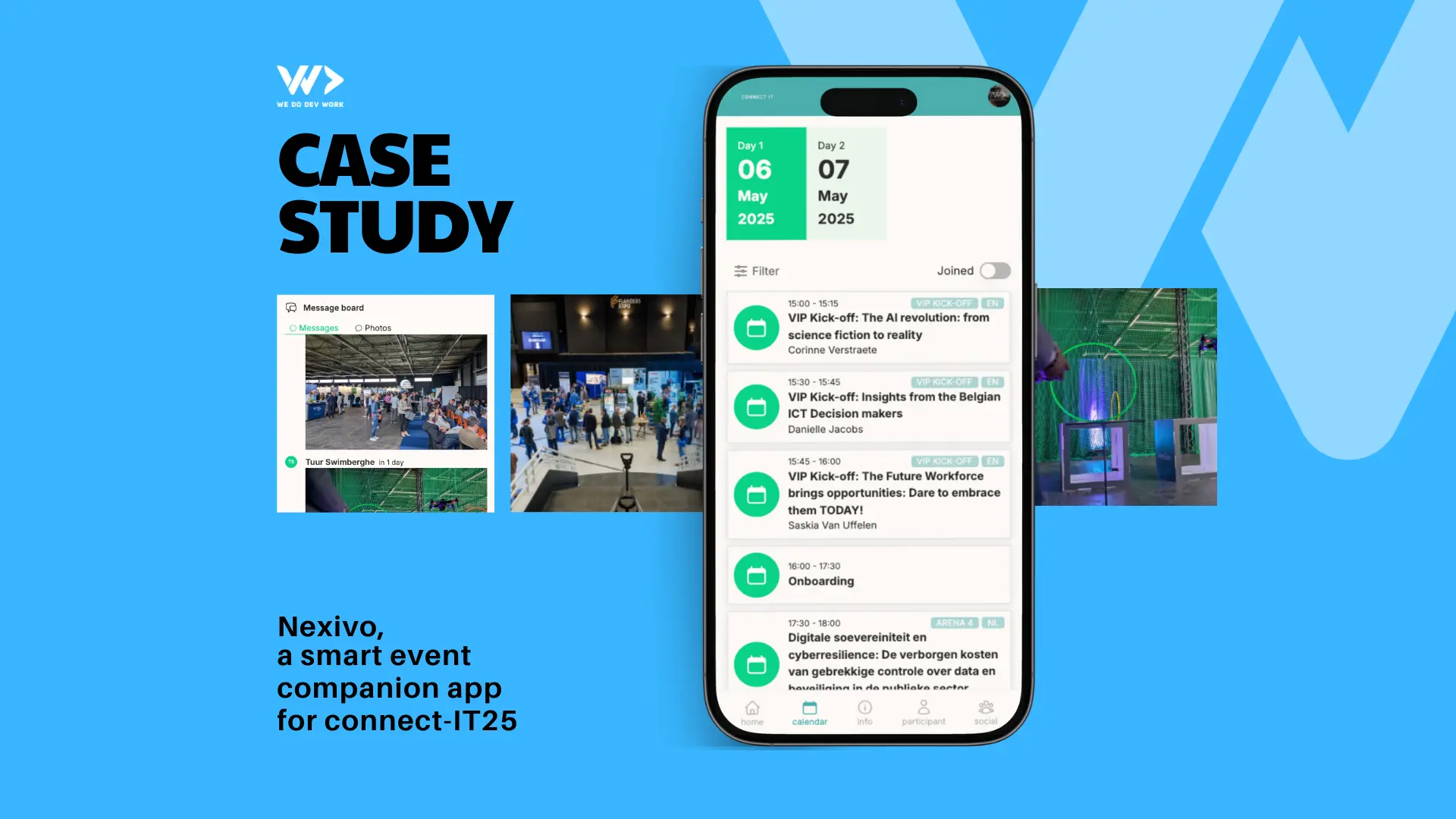
What is AI development?

Let’s be very clear, we’re not going to write about “vibe-coding” in this blog post. Rather, we’re going to explore the additional complexity that comes with implementing artificial intelligence as a solution to a technical problem.
AI technology has advanced rapidly in recent years, yet it isn’t really new. Deep neural networks have been researched since the 1950s. And in 1985, the AI research market was already worth over 1 billion US dollars.
So, what’s changed?
- We now have massive amounts of available computational power, due to cloud-based infrastructure that is accessible on-demand.
- Big tech has access to extremely large data-sets from decades of digital record keeping.
- Open-source frameworks provide free access to implementing AI solutions and reduce the barrier to entry.
These shifts have changed the field of what used to be academic research to a practical engineering discipline.
AI development is the process of creating computer systems that include an AI component as part of the system. It includes image recognition, pattern detection, decision-making, language recognition and much more. Unlike more traditional software development, AI systems often learn from data and evolve without human interference.
Challenges of AI development
Developing AI systems introduce new layers of complexity. Just like a software engineer needs to have understanding of the operating systems their applications run on, an AI engineer needs to have understanding of the AI technologies they’re implementing within their solutions.
As an AI developer you need to understand machine learning models, deep learning architectures, neural networks, vector spaces, evaluation metrics and even make decisions on ethical grounds regarding the use of AI.
Fortunately for the AI developers, large language models (LLMs) have made it easier to work on the traditional parts of software development, because they still face challenges like deployment, system scalability and frontend development. After all, you still need a way to interact with the system and the system should be available for use.
AI development can be powerful, but it’s not an automated process. You cannot just throw a client’s email in a model and expect a fully worked out computer system as a result. It requires careful thought, iterative development, testing, and a deep understanding of the problem you’re trying to solve.
AI development also introduces a new type of error: unusable computer output. Any traditional system error was a human error, bugs in the code. But now the computer can give strange or fundamentally wrong results, sometimes called "hallucinations”. The AI developer has to know how to deal with these kinds of errors by implementing new validation strategies, model fine-tune training and fallback logic.
Another note is that due to the fast advancements within the AI technologies available, an AI developer has to continuously stay up-to-date with new emerging tools to remain competitive within the landscape.
Final thoughts
While there are many AI technologies available through APIs for fast implementation, AI development isn’t just about writing a good prompt and vibe-coding an interface on top of it. Learning how to trust, verify and correct the machine’s output is what separates a proof-of-concept from a production-ready AI solution. Before thinking of building an AI driven solution, ask yourself:
- Do we have enough quality data?
- How can we measure success?
- Are we ready to maintain a system that learns and adapts over time?
AI isn’t the future, it’s the present. But it’s an engineering discipline like any other which requires knowledge, critical thinking and creativity to actually produce results.



